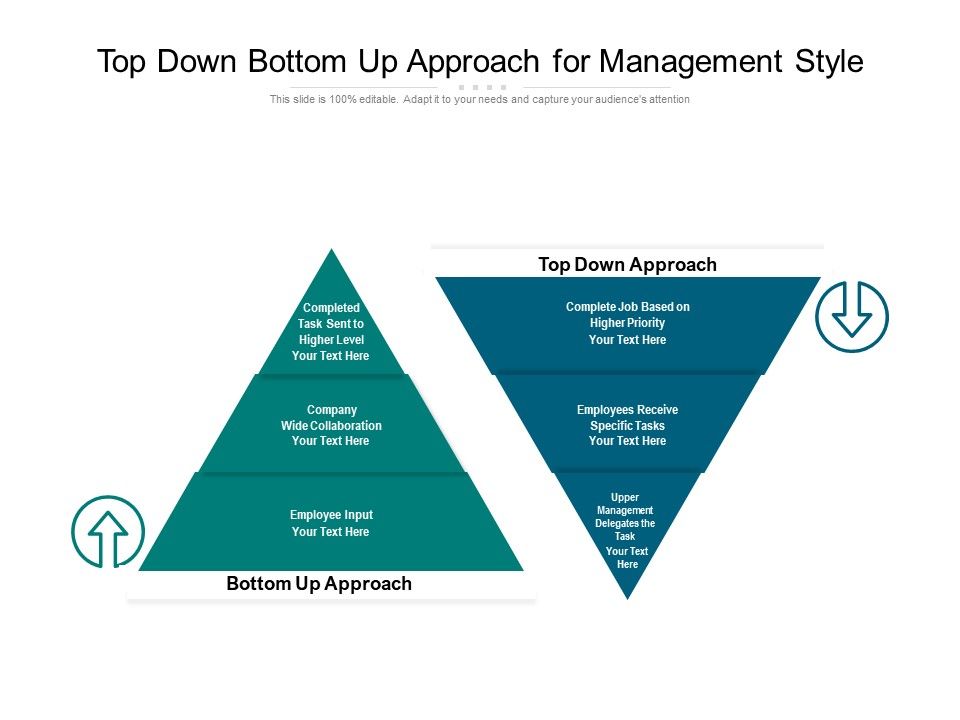NPV and IRR: Differences, Similarities and Conflicts Capital Budgeting

With NPV, proposals are usually accepted if they have a net positive value. In contrast, IRR is often accepted if the resulting IRR has a higher value compared to the existing cutoff rate. Projects with a positive net present value also show a higher internal rate of return greater than the base value. NPV’s presumption is that intermediate cash flow is reinvested at cutoff rate, while under the IRR approach, an intermediate cash flow is invested at the prevailing internal rate of return.
When you are analyzing a single conventional project, both NPV and IRR will provide you the same indicator about whether to accept the project or not. However, when comparing two projects, the NPV and IRR may provide conflicting results. It may be so that one project has higher NPV while the other has a higher IRR.
Without careful analysis, an investor might select a high NPV project ignoring the fact that many smaller NPV projects could be completed with the same investment resulting in higher aggregate NPV. As the NPV is not skewed by the overstated reinvestment rate assumption, hence it is the preferred method. Project A needs $10 million investment and generates $10 million each in year 1 and year 2. It has NPV of $7.4 million at a discount rate of 10% and IRR of 61.8%.
NPV vs IRR
We recommend reliance on the net present value as a screening criterion in case of such conflict between mutually exclusive projects. The background of such a recommendation is that the reinvestment rate plays the key role. The reinvestment rate equal to the cost of capital is a more realistic assumption, especially in the long run.

The net present value (NPV) and internal rate of return (IRR) methods are based on the same discounted cash flows technique, hence they take into account the time value of money concept. Furthermore, both of them are frequently used in capital budgeting decisions. In most cases, they provide the same appraisal, but conflict can sometimes occur. Whenever an NPV and IRR conflict arises, always accept the project with higher NPV. It is because IRR inherently assumes that any cash flows can be reinvested at the internal rate of return.
Again, if these were mutually exclusive projects, we should choose the one with higher NPV, that is, project B. Now we can see a typical “NPV vs. IRR problem” when those criteria are producing conflicting conclusions. To solve that problem, let’s calculate the NPV at a number of different discount rates to create the graph below. (i) Significant difference in the size (amount) of cash outlays of various proposals under consideration. Such a project exerts a positive effect on the price of shares and the wealth of shareholders.
NPV vs IRR Method
Let’s have a look first at what each of the two discounting rates stands for. If these two projects were independent, it wouldn’t matter much because the firm can accept both the projects. However, in case of mutually exclusive projects, the firm needs to decide one of the two projects to invest in. Such conflict between NPV and IRR is the reason why net present value is considered a better screening criterion than the internal rate of return.
Present Value vs. Internal Rate of Return – Investopedia
Present Value vs. Internal Rate of Return.
Posted: Sat, 25 Mar 2017 12:46:53 GMT [source]
In case of non-normal cash flows, i.e. where a project has positive cash flows followed by negative cash flows, IRR has multiple values. NPV stands for Net Present Value, and it represents the positive and negative future cash flows throughout a project’s life cycle discounted today. A company is considering two mutually exclusive projects that are equally risky. Detailed information about cash flows is presented in the table below.
Ratio Analysis
For one, conflicting results arise because of substantial differences in the amount of capital outlay of the project proposals under evaluation. Sometimes, the conflict arises due to issues of differences in cash flow timing and patterns conflict between npv and irr of the project proposals or differences in the expected service period of the proposed projects. Both methods show comparable results regarding “accept or reject” decisions where independent investment project proposals are concerned.

The background is that NPV reflects the additional shareholders’ value created by a project. The internal rate of return of Project Y is 19.85% and 21.04% for Project Z. If IRR is the only screening criterion, Project Z looks more attractive and should be accepted. Between these two techniques, NPV is more reliable since it makes more sense compared to IRR. NPV is theoretically sound because it has realistic reinvestment assumption.
Create a free account to unlock this Template
It arrives at the amount to be invested in a given project so that its anticipated earnings would recover the amount invested in the project at market rate. In capital budgeting, NPV and IRR conflict refers to a situation in which the NPV method ranks projects differently from the IRR method. In event of such a difference, a company should accept project(s) with higher NPV. NPV’s predefined cutoff rates are quite reliable compared to IRR when it comes to ranking more than two project proposals. The above example illustrated the conflicting results of NPV and IRR due to differing cash flow patterns. The conflicting results can also occur because of the size and investment of the projects.

It considers the cost of capital and provides a dollar value estimate of value added, which is easier to understand. Independent projects are projects in which decision about acceptance of one project does not affect decision regarding others. Since we can accept all independent projects if they add value, NPV and IRR conflict does not arise. So, NPV is much more reliable when compared to IRR and is the best approach when ranking projects that are mutually exclusive.
What is the underlying cause of ranking conflicts between NPV and IRR? Explain.
The metric works as a discounting rate that equates NPV of cash flows to zero. Typically, one project may provide a larger IRR, while a rival project may show a higher NPV. The resulting difference may be due to a difference in cash flow between the two projects.
It can happen that one project has a higher NPV but lower IRR, and the other one has a higher IRR but lower NPV. (ii) Conventional investment proposals which involve cash outflows or outlays in the initial period followed by a series of cash inflows. (ii) The NPV method recognizes the importance of market rate of interest or cost of capital.
- The results from NPV show some similarities to the figures obtained from IRR under a similar set of conditions.
- Since we can accept all independent projects if they add value, NPV and IRR conflict does not arise.
- It may be so that one project has higher NPV while the other has a higher IRR.
- With NPV, proposals are usually accepted if they have a net positive value.
- The background is that NPV reflects the additional shareholders’ value created by a project.
Net Present value (NPV) is Present value of cash inflows minus present value of cash outflows, in short it tells us about the returns which we will… Based on NPV one would conclude that Project A is better, but IRR offers a contradictory view. When analyzing a typical project, it is important to distinguish between the figures returned by NPV vs IRR, as conflicting results arise when comparing two different projects using the two indicators. As you can see, Project A has higher IRR, while Project B has higher NPV. What is the underlying cause of ranking conflicts between NPV and IRR? (iii) Difference in service life or unequal expected lives of the projects.
However, they don’t always agree and tell us what we want to know, especially when there are two competing projects with equally favorable alternatives. That said, most project managers prefer to use NPV because it is considered the best when ranking mutually exclusive projects. Capital budgeting measures potential risks and gives returns at present value by using discounting factor, this helps a company make better decisions with limited resources. Companies use this tool to ensure value addition in business by choosing good projects. In this case, Project A has lower NPV compared to Project B but has higher IRR.
- It will rank a project requiring initial investment of $1 million and generating $1 million each in Year 1 and Year 2 equal to a project generating $1 in Year 1 and Year 2 each with initial investment of $1.
- Let’s have a look first at what each of the two discounting rates stands for.
- (i) Independent investment proposals which do not compete with one another and which may be either accepted or rejected on the basis of a minimum required rate of return.
- In such cases, while choosing among mutually exclusive projects, one should always select the project giving the largest positive net present value using appropriate cost of capital or predetermined cut off rate.
- If IRR is the preferred method, the discount rate is often not predetermined, as would be the case with NPV.
This assumption is problematic because there is no guarantee that equally profitable opportunities will be available as soon as cash flows occur. The risk of receiving cash flows and not having good enough opportunities for reinvestment is called reinvestment risk. NPV, on the other hand, does not suffer from such a problematic assumption because it assumes that reinvestment occurs at the cost of capital, which is conservative and realistic.